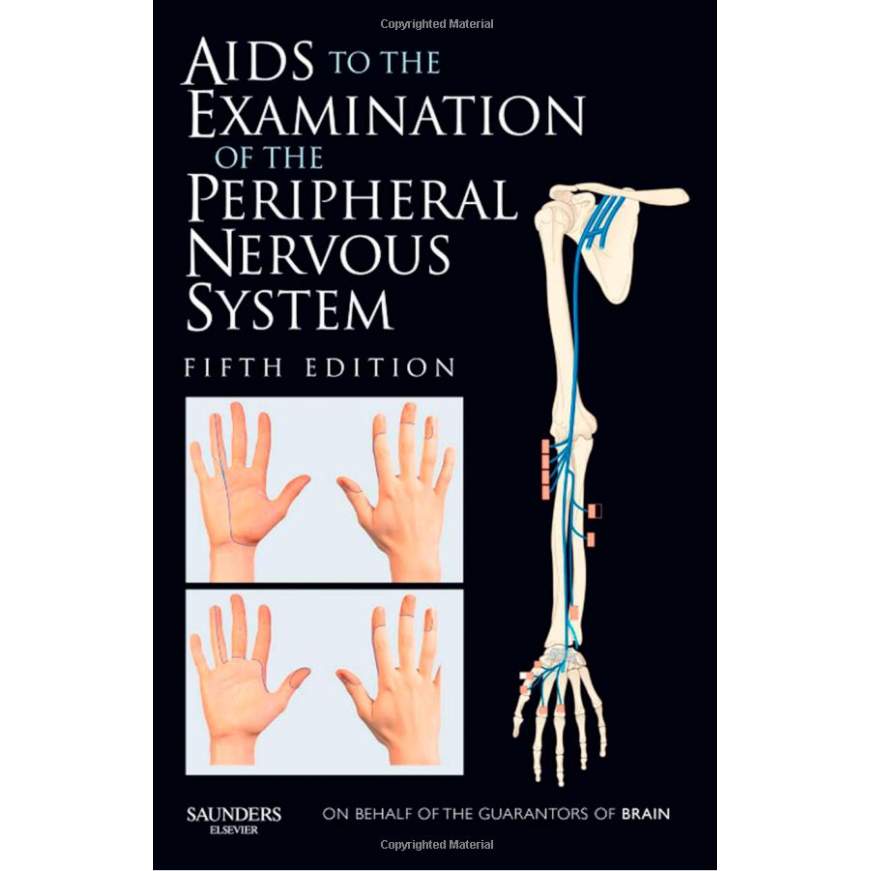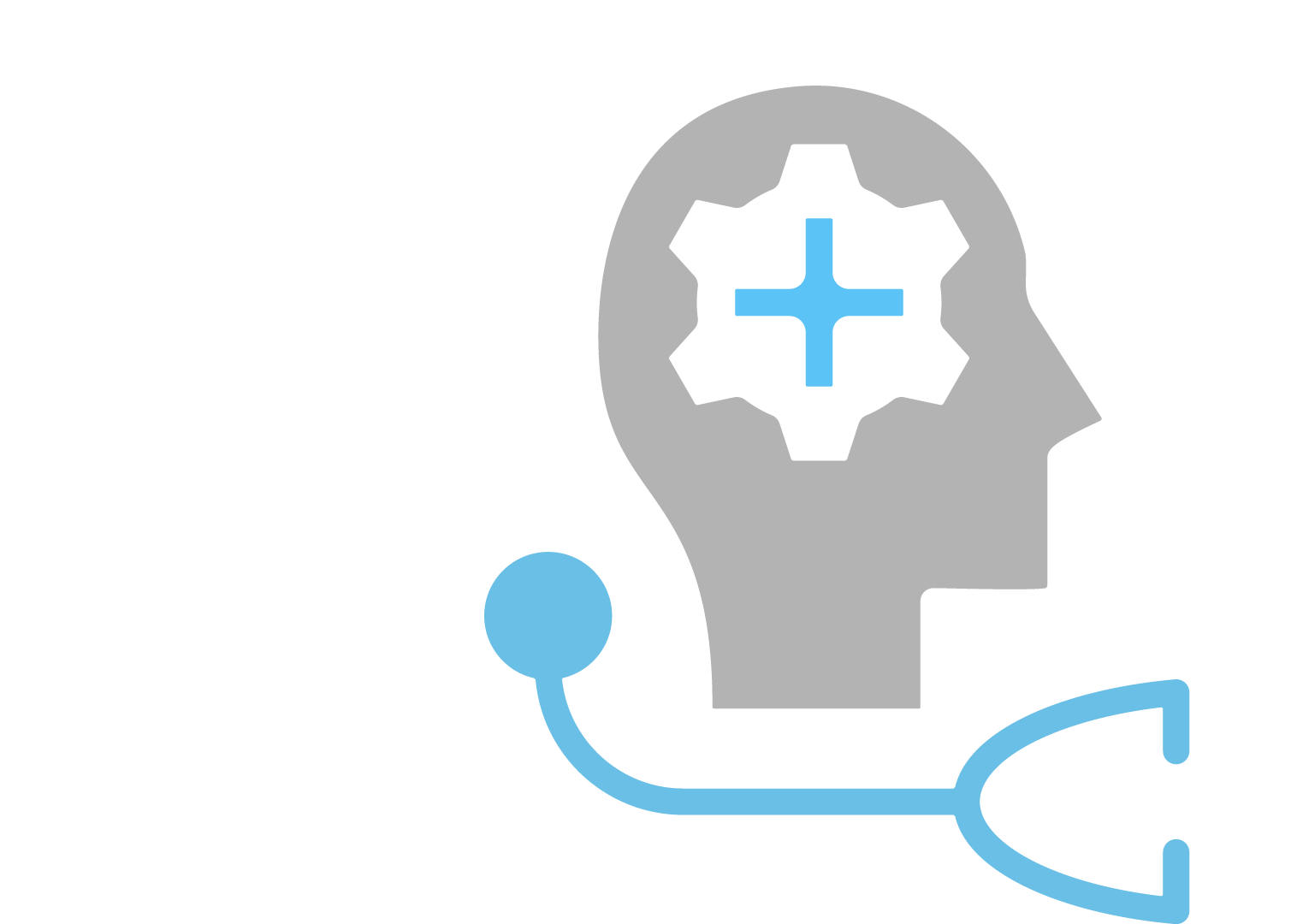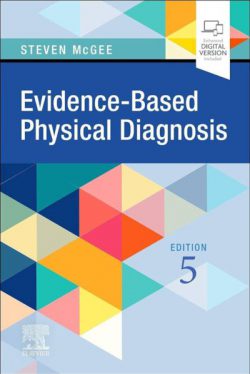The neuro exam is complicated . . . but well worth practicing.
A complete neurological exam is an important part of your clinical toolbag.
Learn a brief screening exam
How to do a 4-minute Neurologic Exam | Merck Manual Professional Version
This video is a great demonstration—almost exactly what I do/recommend. Get a full introduction to the neuro exam. An experienced examiner completes examination of all the components of the neurologic exam in a patient who has no neurologic abnormalities.
The neurologic physical examination
In this hour-long video, an assessment of the cranial nerves II–III involves:
- Gross visual fields.
- Visual acuity.
- Extra-ocular movements (CNIII, IV, V).
- A handful of special tests:
- Red reflex.
- Corneal shadows.
- Ophthalmologic exam.
Tools
Part of the exam is thoughtful observation. Detailed examination requires memorizing and practicing and having the tools at hand.
An understanding of neuroanatomy and clinical rating scales (strength, reflexes)
A good reflex hammer
Something to test light touch, pinprick, and temperature
A monofilament
A tuning fork
A small jar of spice (nutmeg works well)
An ophthalmoscope or penlight
Good judgment about when to do what
References
As a clinician, a concise book that helps me interpret my neuro exam is one of the few I use regularly (which nerves innervate which muscles).

This book can be requested through the WSU library, but it is worth buying.

On the Medicine Digital Learning site
Guidance for the Neurologic Examination

